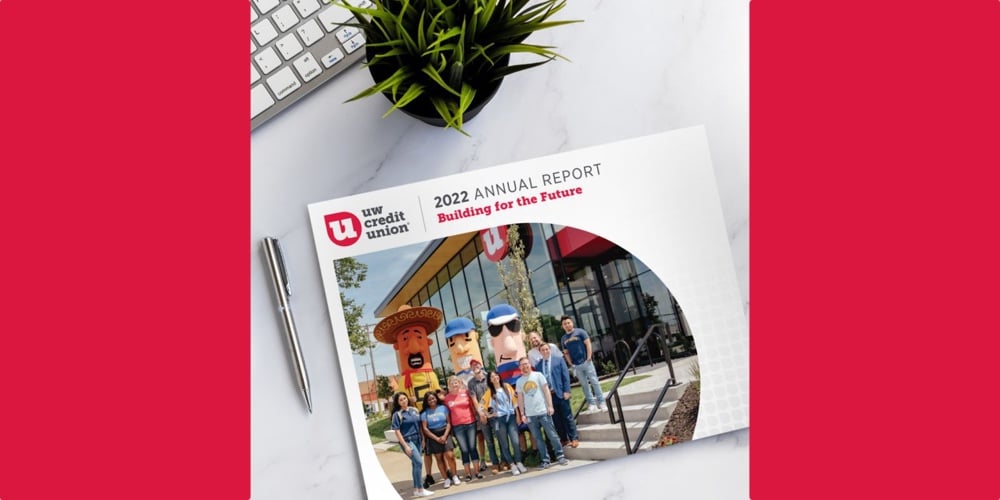Transparency key to healthy credit union movement

Credit unions are financial cooperatives, mutually owned by their members. They are a special kind of financial institution organized and operated for the benefit of their membership. This unique structure is different from for-profit corporations which typically fall into categories of public company or privately held companies. According to Investopedia, an aspect of private company status is privacy. “Because they’re not owned by the public, private companies’ executives/management don’t have to answer to stockholders or provide any company information to the public.”
Credit unions answer to members. This distinction doesn’t preclude public interest in the activities of today’s credit unions. Credit union members’ deposit balances are federally insured. Unlike the banking industry, the credit union industry has always fully borne the governmental costs of providing federal deposit insurance with no taxpayer subsidy. However, the promise of federal deposit insurance is the full faith and credit of the U.S. Government (that it is available should it ever be needed). Additionally, based on a credit union’s not-for-profit mission-based structure, credit unions are generally exempt from federal income tax for activities aligned with their mission.
Yet still, there are leaders in the credit union movement who misguidedly insist on the privacy available to a private company, resisting even minimum standards for credit union transparency.
Member ownership should be represented by convenient, no-barriers access to information about the organization. Members are entitled to it and UW Credit Union ensures that fundamental information is externally shared and easily attainable, including: its annual report, published audited financial statements, website content, and publicly available regulatory reports. There should never be a question in members’ minds about how their credit union is doing or who is leading the organization and serving on its board of directors. Answers should be there, at the click of a button. Perhaps members wonder how the board members and CEO are being compensated, or how much income the credit union collects in fees from overdraft programs? UW Credit Union members can find this information published on our website, and so can prospective members. If we ever purchased a bank, our audited financial statements would disclose the cash paid.
One of the best (if not reluctant) mentions of UW Credit Union I can recall came from the former grand adversary of credit unions, Keith Leggett. In a Credit Union Watch posting critical of credit union transparency, he acknowledged some exceptions. “Some credit unions provide detailed financial information to their members in their annual reports, including audited financial information. Some of the better annual reports that I have reviewed have been issued by Quorum FCU, Pentagon FCU, Navy FCU, State Employees’ CU, and University of Wisconsin CU.”
As leaders of the credit union movement, we can do better. We can strengthen the credit union movement through transparency. Credit unions can be powerful forces for the financial well-being of their members and for their communities. Leaders that strive for privacy rather than transparency are dimming the light of the credit union movement. Instead, let information highlight who we are and what we stand for. In doing so, we’ll be reminding members that they own their credit union. Our success is their success.

